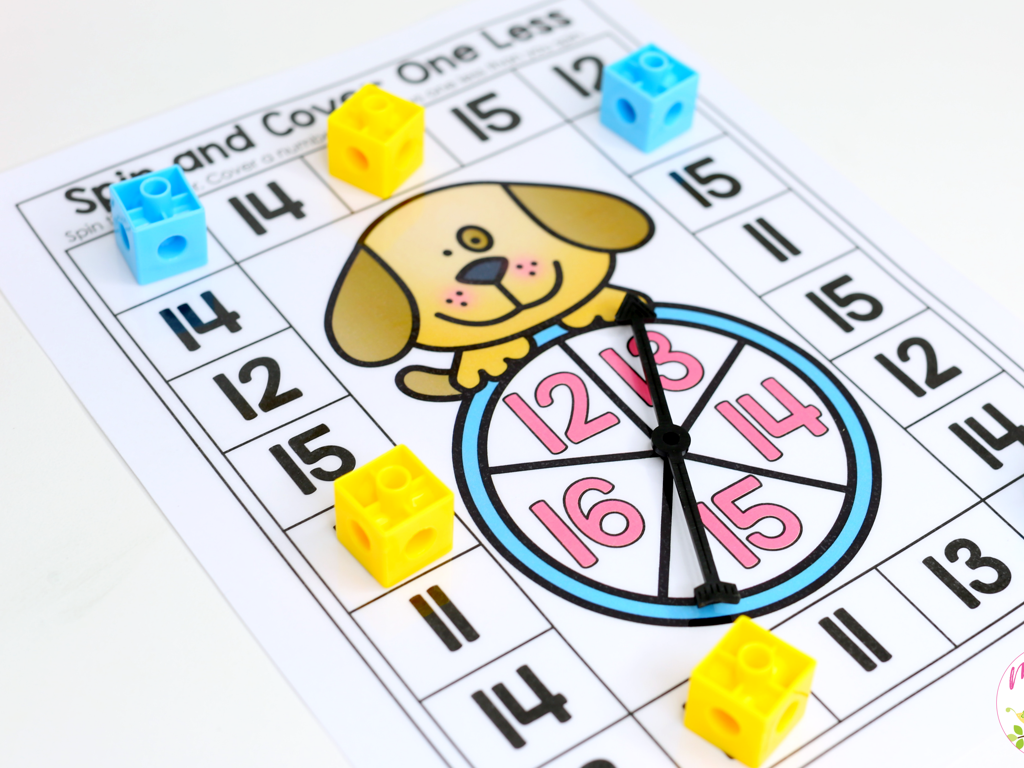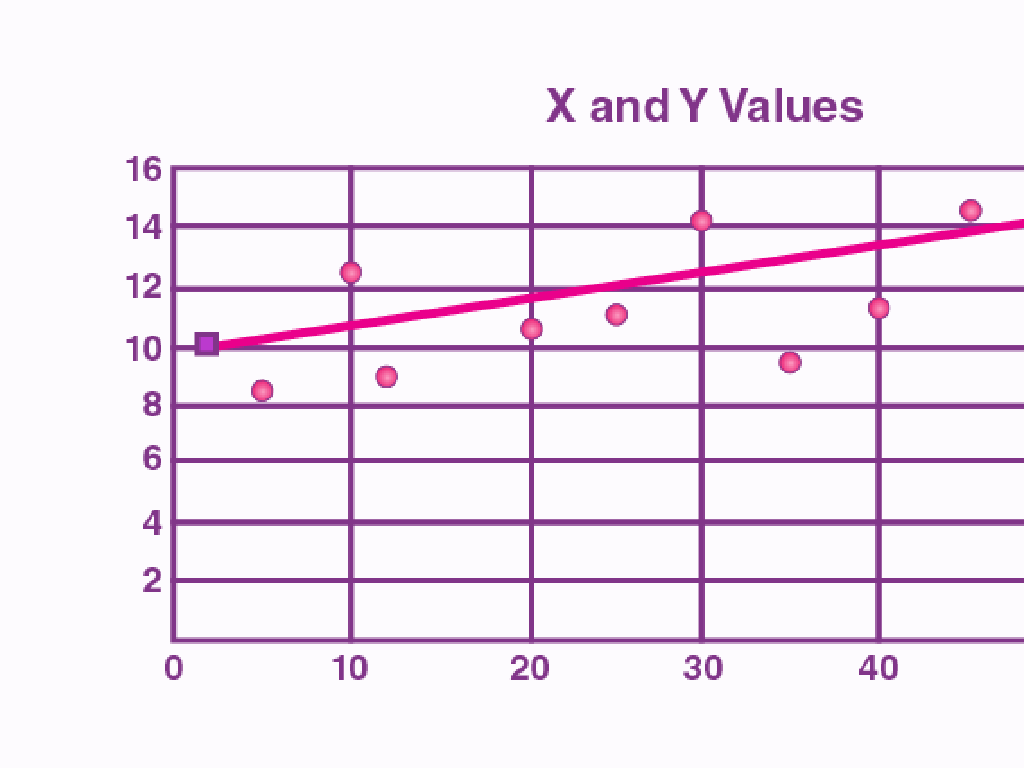Read A Map: Cardinal Directions
Subject: Social studies
Grade: Fifth grade
Topic: Maps
Please LOG IN to download the presentation. Access is available to registered users only.
View More Content
Welcome to the World of Maps!
– Importance of maps explained
– Maps guide us and teach about our world.
– Maps in everyday life
– Find places and plan routes daily.
– Reading maps with cardinal directions
– North, South, East, West guide us on a map.
– Engaging map activity preview
|
This slide introduces students to the fundamental concepts of cartography and the practical applications of maps. Begin by discussing the historical and contemporary importance of maps in understanding geography and guiding exploration. Highlight how maps are used in daily scenarios, such as navigating to school or planning a vacation. Emphasize the role of cardinal directions North, South, East, and West as essential tools for reading and interpreting maps accurately. Conclude with a teaser for the day’s activity, which will involve hands-on practice with maps and cardinal directions to solidify the students’ understanding. The activity will be interactive and tailored to their level, ensuring they can apply these skills in real-world contexts.
Exploring Maps: An Introduction
– What exactly is a map?
– A map is a drawing that shows where things are
– Various kinds of maps
– Road maps, weather maps, and world maps
– Maps and their specific uses
– Road maps help us navigate, weather maps show climate
– Everyday examples of maps
– Maps in malls, GPS on phones, atlases in libraries
|
Begin the lesson by defining a map as a representation of an area, showing physical features, cities, roads, etc. Discuss different types of maps such as road maps, weather maps, political maps, and world maps, explaining the unique purpose of each. Provide relatable examples of maps that students encounter in daily life, like a mall directory, a school layout, or a GPS application on a smartphone. This will help students understand the relevance and practicality of maps. Encourage them to think of other examples and how they use maps in their own lives. This slide sets the foundation for learning about reading maps and understanding cardinal directions.
Navigating with Cardinal Directions
– Introduction to cardinal directions
– The main directions: North, South, East, West
– Memory trick: Never Eat Soggy Waffles
– A fun way to remember the order of directions
– Navigating using cardinal points
– Use them to find your way on a map and in your neighborhood
– Importance of directions in daily life
– Directions are essential for travel, giving directions, and maps
|
This slide introduces students to the concept of cardinal directions, which are the four main points of a compass. Start by explaining each direction and its opposite (North-South, East-West). Introduce the mnemonic ‘Never Eat Soggy Waffles’ to help them remember the order of the directions. Discuss how these directions are used in everyday life, such as navigating to school or describing the location of a place. Emphasize the importance of understanding cardinal directions for reading maps and for orientation in new environments. Encourage students to practice using these directions in class with a compass or by identifying them in their surroundings.
Navigating with Cardinal Directions
– Find the compass rose on a map
– The compass rose shows the four main directions.
– Use cardinal directions to navigate
– Directions: North, East, South, West.
– Practice: School to park direction
– Example: If the park is north of the school, what direction do you travel?
– Understanding map orientation
– Maps are oriented with North at the top.
|
This slide introduces students to the basics of using cardinal directions to navigate on a map. Start by explaining the compass rose, a symbol that displays the main directions and is typically found on the corner or bottom of a map. Teach students how to determine the direction from one point to another using North, East, South, and West. Use the example of navigating from the school to the park to provide a practical application of this skill. Ensure students understand that most maps are oriented with North at the top, which is crucial for correctly interpreting directions. Encourage students to practice with different starting and ending points to solidify their understanding.
Map Symbols and Legend
– Learn common map symbols
– Symbols represent features like rivers, mountains.
– Using the map legend
– Legend explains what each symbol means.
– Classroom map symbol activity
– Find and match symbols on a classroom map.
|
This slide introduces students to the essential components of map reading, focusing on symbols and legends. Begin by explaining that map symbols are small pictures that represent different features of an area, such as rivers, mountains, and cities. Then, discuss how a legend, or key, helps us understand what each symbol stands for. For the activity, provide a classroom map with various symbols and have students work in groups to identify and match each symbol to its meaning on the legend. This hands-on activity will help reinforce their understanding of how to interpret maps. Consider having multiple maps available for variety and to accommodate different learning styles.
Understanding Map Scale and Distance
– What is a map’s scale?
– Scale shows how map distances compare to real-world distances.
– Measuring distance with scale
– Use the scale to find out how far apart places are on a map.
– Activity: Distance calculation
– Use a ruler and the scale to calculate the real distance between two points.
|
This slide introduces the concept of scale on a map, which is crucial for understanding real-world distances. Explain that the scale is a ratio that compares a unit of length on the map to a unit of distance on the ground. Demonstrate how to use the map’s scale to measure distances by using a ruler to measure the distance between two points on the map and then converting that measurement using the scale. For the activity, provide students with maps and rulers, and ask them to calculate the distance between two specific places. Offer several pairs of locations so that students can practice and become comfortable with this skill. This hands-on activity will help solidify their understanding of map scales and distance measurement.
Create Your Own Classroom Map
– Draw your classroom map
– Include cardinal directions
– North, South, East, West on your map
– Add a compass rose
– Place the compass rose to show directions
– Create symbols and a legend
– Use symbols for objects, and explain in a legend
|
This activity is designed to help students apply their knowledge of maps and cardinal directions in a familiar setting. By drawing a map of their classroom, they will practice spatial awareness and the use of map elements such as the compass rose and legend. Encourage creativity but also accuracy in representing the room’s layout. Discuss the importance of cardinal directions and how they help us navigate. Provide examples of symbols they might use, such as a rectangle for desks or a circle for the clock, and remind them to include a legend to explain these symbols. This hands-on activity will reinforce their understanding of maps and how they are used in everyday life.
Class Activity: Map Quest Adventure
– Form small exploration teams
– Each team gets a treasure map
– Navigate using cardinal directions
– Use ‘North, South, East, West’ to move
– Race to find the treasure and win!
– First to the X marks the spot gets a reward
|
This interactive activity is designed to help students apply their knowledge of cardinal directions in a fun and engaging way. Divide the class into small groups to encourage teamwork. Provide each group with a map that has various landmarks and a final destination marked. Students must use their understanding of North, South, East, and West to navigate from one point to another. The first group to correctly reach the final location will receive a prize. This will not only reinforce their map-reading skills but also promote healthy competition. Possible variations of the activity could include obstacles that require problem-solving to pass, riddles at each location that give hints to the next, or creative storytelling where each location is part of a larger adventure.
Conclusion: Navigating with Cardinal Directions
– Recap: Why cardinal directions matter
– Review map reading with cardinal points
– Remember: North, East, South, West help us navigate
– Engage in a Q&A session
– Ask any questions about today’s lesson
– Reinforce learning with examples
– Use examples like school layout or local map
|
This slide aims to consolidate the students’ understanding of cardinal directions and their application in map reading. Begin by recapping the importance of North, East, South, and West in navigation and daily life. Review the steps to read a map using these directions, perhaps with a visual example of a map they are familiar with. Encourage students to ask questions to clear up any confusion they might have. Conclude by reinforcing the lesson with practical examples, such as using the school’s layout or a local map to illustrate how cardinal directions help us find our way.






